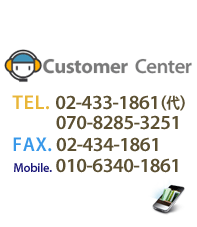Where Design Meets Convenience: The Rise of Hidden Power Systems
페이지 정보
작성자 Dorris Geer 작성일25-09-21 03:08 조회4회 댓글0건본문
When designing modern living spaces, the challenge of harmonizing form and practicality is more relevant than ever. integrated electrical systems have emerged as a key player in solving this dilemma. Gone are the days when outlets were an afterthought, sticking out awkwardly from walls. Today, قیمت پریز توکار کابینت integrated power systems allow designers and homeowners to create sleek, uncluttered spaces without sacrificing convenience.
Imagine a countertop workspace with discreet charging ports nestled beneath a continuous surface, or a living room console with a touch-responsive power pad. These features don't just look good—they make everyday life smoother. No more fumbling for cords. The technology is present without being intrusive.
But achieving this balance requires careful spatial analysis. The location of power sources must match real-life usage patterns. A wireless pad beside the armchair makes sense for late-night browsing, but not if it’s obscured by decor. Likewise, power outlets near the bed should be easily accessible from the mattress, not buried in an unreachable corner.
Material choice also matters. The surface treatment of embedded ports should complement the room’s palette—whether it’s matte black metal or a color-matched to the cabinetry. Poorly chosen materials can clash with the design language of a room, no matter how practical the solution.
Another consideration is scalable design. As devices evolve, so do their charging demands. Built-in systems should be designed with expandable capacity in mind. Modular components, support for Qi2 and USB-C PD, and sufficient power distribution help ensure the system remains future-ready without costly retrofits.
Professional installation is critical. Unlike plug-in solutions, built-in power requires wiring, structural integration, and often coordination with electricians and architects. Cutting corners here can lead to electrical risks or costly repairs down the line.
Ultimately, the best built-in power solutions are the ones you don't notice until you need them. They blend into the design, simplify habitual behaviors, and make tech feel seamless. When aesthetics and functionality are in sync, spaces become more human-centered, more beautiful, and more comfortable. The goal isn't just to conceal the outlets—it's to make them feel like a natural part of the environment.
댓글목록
등록된 댓글이 없습니다.














